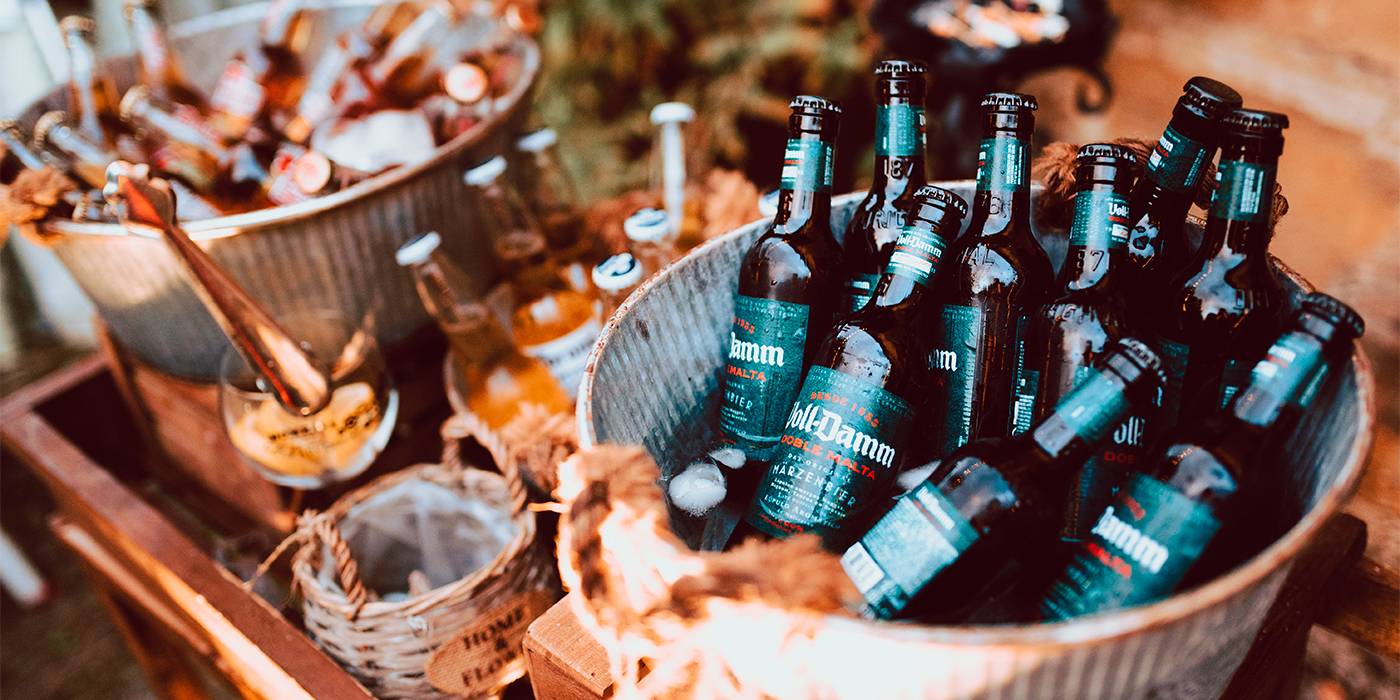What is double malt beer?
Learn all about double malt beer: its taste, its brewing process and why it’s a favourite choice for craft beer lovers.

Julio Cerezo - Beer Sommelier
Director of Sabeer Beer Academy
Often, the terms used by consumers of any product to identify some of its varieties do not fully coincide with those put forward by experts. The reasons may range from the simple fact of describing such a product based on its most obvious characteristics – white wine, brown sugar, coarse salt – to the influence of increasingly powerful brand marketing communication.
THE TERM 'DOUBLE MALT’
In the world of beer, it’s common to hear people say they prefer blondes, amber or dark beers, perhaps oversimplifying the categories. While these terms describe beers with similar appearances, each group can encompass a wide range of flavours and characteristics, including variations in alcohol content, type of grain, bitterness, and aroma.
But if there is one term that has made a name for itself among Spanish consumers without being directly related to the appearance of the liquid, it’s ‘double malt’. Its popular use has come hand in hand with the success of a well-known brand – Voll Damm – which has included this on its label for many years. But is 'double malt' a category of beer?
The answer is no, it’s not. Or at least it wasn’t before the consumer adopted the term to refer to beers similar to the aforementioned Voll Damm. We are talking about beers with more body, flavour intensity and alcoholic content than the popular golden lagers.
If we closely examine all the characteristics of the beer described as 'double malt' in our country, we’ll find that its manufacturer also identifies it as Märzenbier, a German-style that features a higher proportion of malt in its recipe. However, it’s far from being 'twice' as malty as a standard beer.

Continuing to dissect the name of our beer, we find alongside the manufacturer’s brand – Damm – the term ‘Voll’, which in German means full or complete. This term legally categorises beers in Germany based on their Original Extract (OE), a factor primarily determined by the amount of malt used in the recipe. Interestingly, the Original Extract (OE) of Voll Damm is 17.1%, which in Germany would place it within the upper category of strong beers, known as Starkbier.
In summary, the so-called 'double malt' category does not exist as such in strictly beer-related terms, nor is its use legally regulated in our country. However, consumers who use this term have a clear understanding of the type of beer they are referring to, making it useful despite its lack of precision.
Finally, we should mention two issues that add further complexity to the matter. Firstly, brewers can also apply this definition of ‘double malt’ to varieties that include two different types of malt in their recipe, without wishing to allude to quantities or proportions.
Secondly, in Belgian ‘doubles' (dubbel) beers generally refer to beers of greater strength than normal beers, but less than triples and quadruples, without any of these names having to be taken in a strictly mathematical sense.
Cheers!

What do you think about?
Share comments, opinions and tricks with the Community







